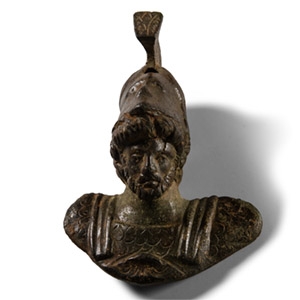Home > Auctions > 3 - 8 September 2024
Ancient Art, Antiquities, Natural History & Coins
Auction Highlights:
Collected from 1970-1999.
From the collection of the late Mr S.M., London, UK.
Private collection formed since the 1940s.
UK art market.
Property of an Essex, UK, gentleman.
Acquired 1980-2015.
Ex Abelita family collection.
‘The Ancient Menagerie Collection’ formerly the property of a Cambridgeshire lady, collected since the 1990s and acquired from auctions and dealers throughout Europe and the USA, now ex London collection.
Found Essex, UK.
Found whilst fieldwalking in Somerset and Devon, UK.
Ex German art market, 2000s.
Acquired from an EU collector living in London.
From the collection of Surrey, UK, gentleman.
Cf. Ruseva-Slokoska, L. Roman Jewellery, Sofia, 1991, item 233, for type.
Ex German art market, 2000s.
Acquired from an EU collector living in London.
From the collection of Surrey, UK, gentleman.
From a collection acquired on the UK art market from various auction houses and collections mostly before 2000.
From an important Cambridgeshire estate; thence by descent.
Cf. for similar examples Beutler, F. et al., Der Adler Roms. Carnuntum und die Armee der Cäsaren, Bad-Deutsch-Altenburg, 2017, item 65; for the Jupiter Dolichenus cult see Kusseven, P., The Cult of Iupiter Dolichenus: origins and iconography, Ankara, 2007, p.120, fig.B15.
The cult of Jupiter Dolichenus was a variant of worship of Zeus from Asia Minor whose mystery cult was widespread in the Roman Empire from the early 2nd to mid-3rd centuries A.D., especially in the military. The god is usually represented mounting a bull, with the double axe (labrys or bipennis) in his right raised hand, and dressed in the military attire of a Roman general.
Acquired 1980-2015.
Ex Abelita family collection.
Found near Bainton, East Riding of Yorkshire, UK.
Accompanied by a copy of the British Museum's Portable Antiquities Scheme (PAS) report no.YORYM-051F22.
From the collection of the famous author, writer and speaker, Gordon Bailey, Essex, UK; formed since 1968.
Bailey, G., Detector Finds 6, Witham, 2008, p.95, fig.C16.53.
The pseudo-Corinthian or Apulo-Corinthian helmet, here worn by the divinity, was originally a legionary helmet, which transformed in the late Consular Age into an officer's helmet, to become a typical attribute of the commanders and then of the war god.
469 - 480 of 3369 LOTS

.jpg)

.jpg)
.jpg)
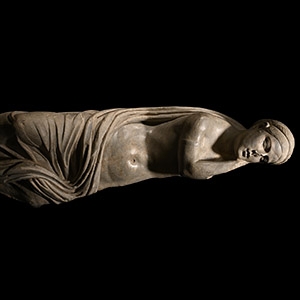
.jpg)
.jpg)

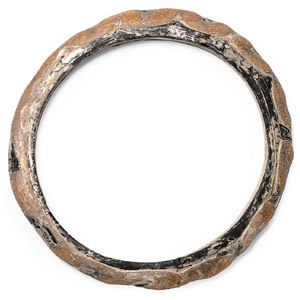
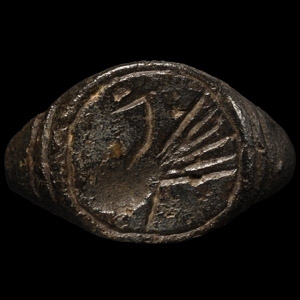
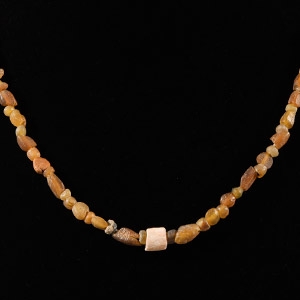
.jpg)
.jpg)
.jpg)
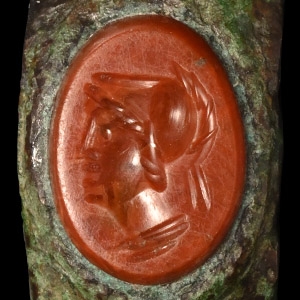
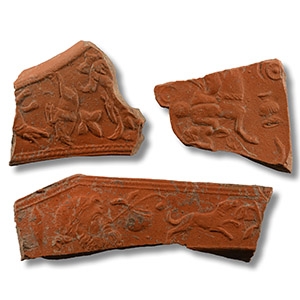
.jpg)

.jpg)
